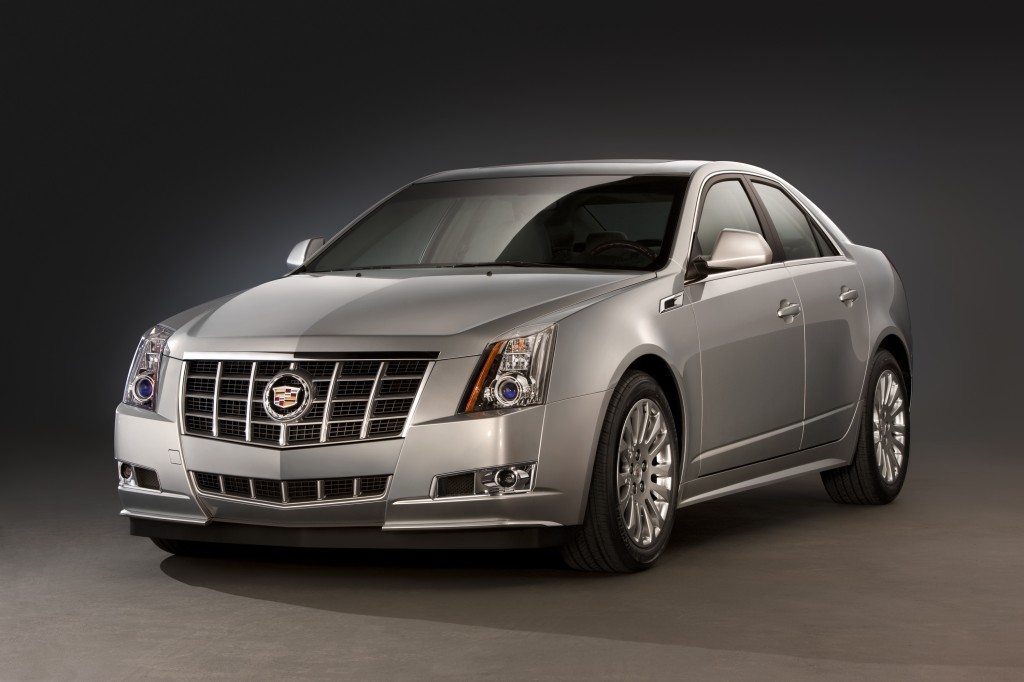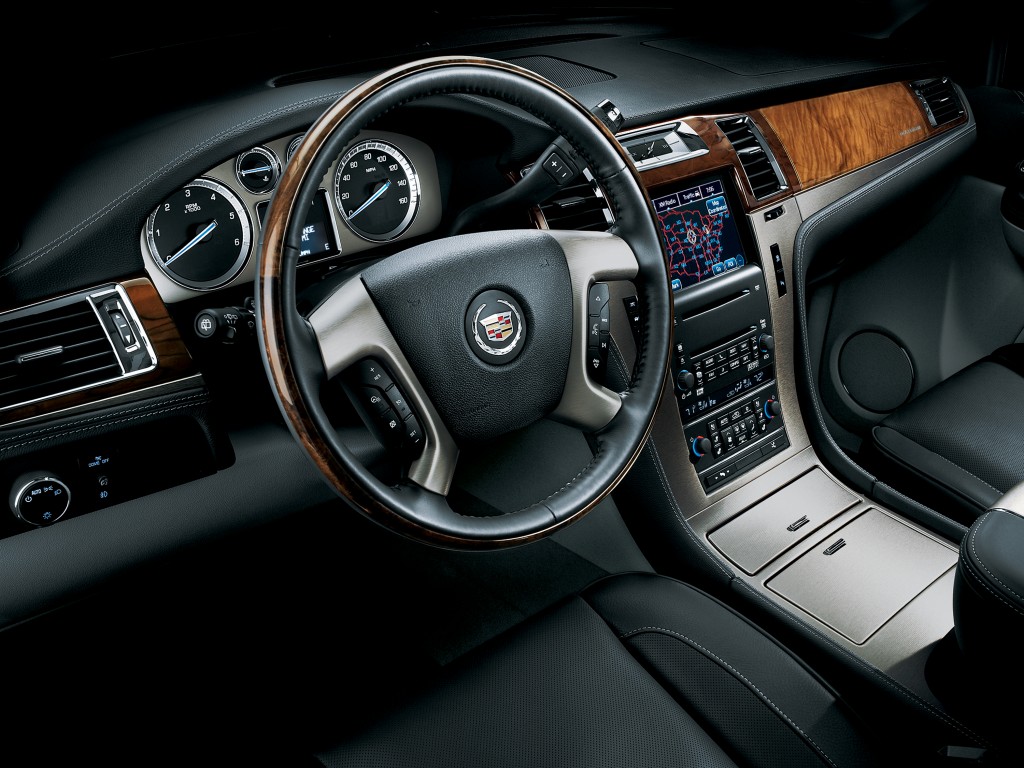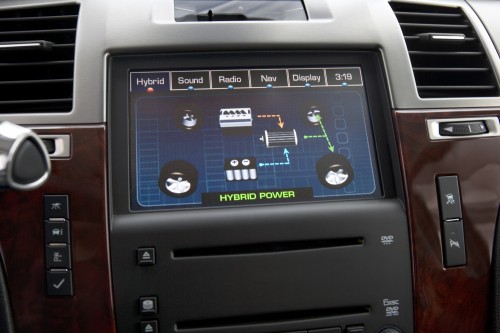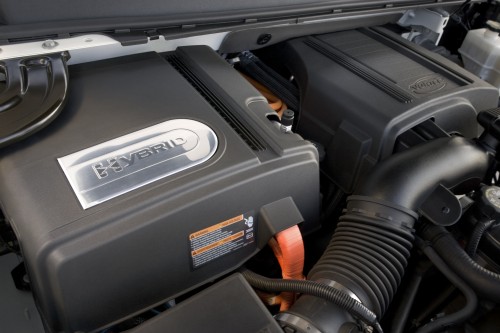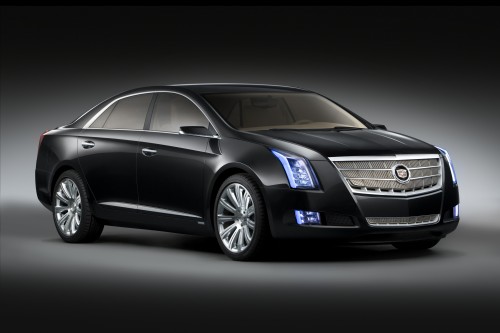After debating the fuel economy of the 3.6L Cadillac SRX versus her competitors, I wondered what the most economical recent Cadillac was. The US Environmental Protection Agency (EPA) publishes comparative miles per gallon for a variety of models since 1984 at fueleconomy.gov. Because the test model changes from time to time, the charts for all years are kept up to date to the current test specs. The original window sticker values for each model using the test at the time are also available.
For the 2012 models, the Cadillac CTS 3.6L RWD Sedan or Coupe are the leaders, at 18 mpg city and 27 mpg highway. The DTS that ended production in 2011 on the current test would do 15/23, so no improvement there. The SRX is heavier with the same drivetrain, so worse mileage than the CTS. The 2008 XLR got a similar 15/24 mpg. The 2010 Cadillac CTS with 3L V6 and manual transmission was 16/26; close, but no cigar.
The Escalade Hybrid comes to mind, and it does very well for a fullsize SUV at 20/23 mpg for the RWD model. Still worse mileage than the CTS.
If one goes all the way back to 2003, the CTS had a 3.2L V6 and could be had with a manual transmission, but hit 17/24 mpg. The 3L Catera? 16/23 mpg.
Diesel Seville? Nope, under the current system a 1985 Cadillac Seville Diesel would be rated today at 17/26 mpg. It was rated 19/28 mpg at the time.
To beat the current 318 hp CTS 3.6L we have to go all the way back to the 1984 model, 2L, 4-cylinder manual transmission Cadillac Cimarron. On today’s test it would be rated 21/31 mpg. Now, the difference in performance between a 2L Cimarron and a 3.6L CTS is beyond remarkable. But the little-loved Cimarron was certainly economical.
If we include export models, the Cadillac BLS with 1.9L diesel was rated in the UK at 49.6mpg for imperial fuel mileage, urban combined. An imperial gallon is 4.546L and a US gallon is 3.785L, so that would appear to be around 41 mpg after conversion, but is not done to the same test method. It stands to reason that if we had EPA figures, the Cadillac BLS would be the most economical recent Cadillac.
In the absence of a home market BLS or other 1.9L Turbo-Diesel however, the current Cadillac CTS is in fact the most economical Cadillac sold in the US since the Cimarron. We’ll see how the upcoming Cadillac ATS fares with its 2.5L 4-cylinder standard engine — it should be our new MPG leader.

